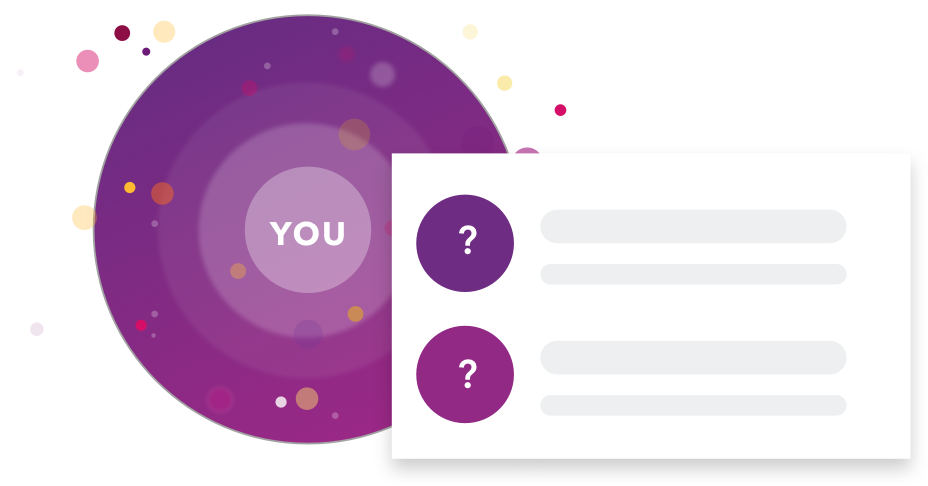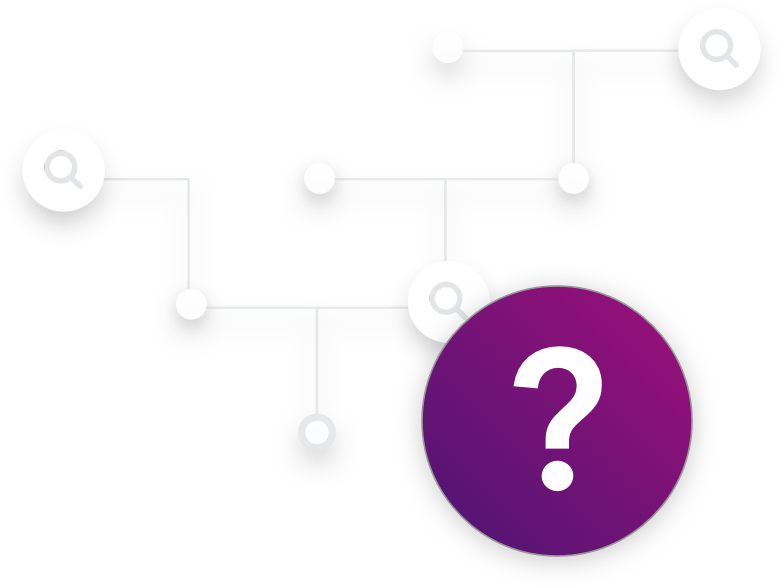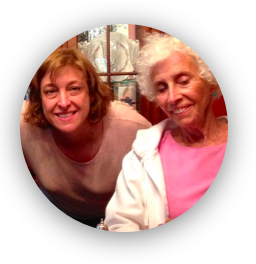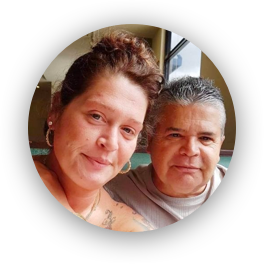Surprises can bring about a range of emotions, and all of these feelings are equally valid responses.
The people on your DNA Relatives list are your genetic relatives -- people with whom you share a percentage of DNA. These can be either your maternal or paternal relatives (from your mom or your dad’s side of your family tree).




